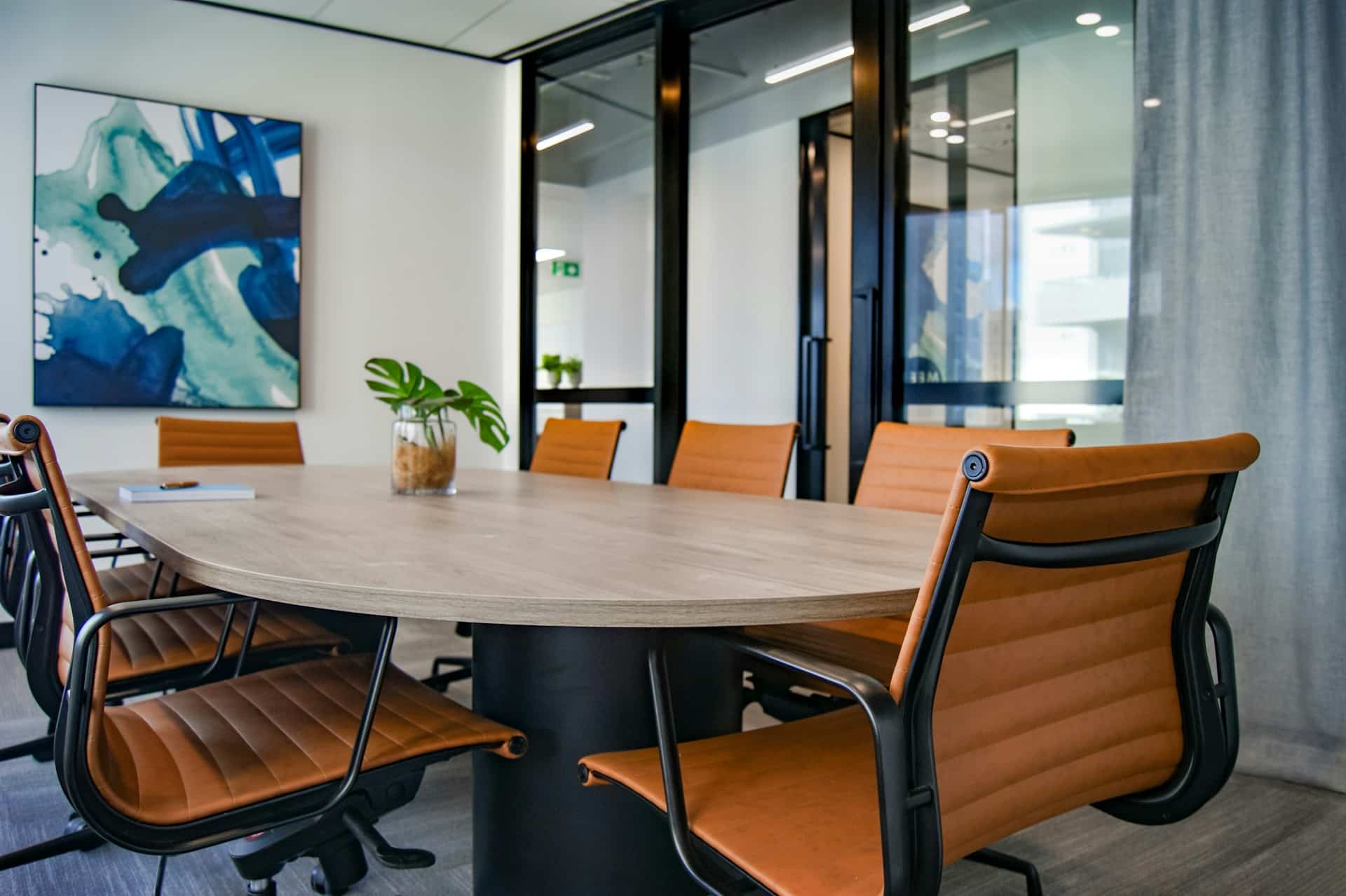What Are the Benefits of Incorporating Smart Glass Technology into Office Buildings?

Smart glass technology represents one of the latest developments in the construction and design industry. It’s a striking innovation that is reshaping the way we perceive and interact with our surroundings, especially in office buildings. With a simple electrical impulse, this technology lets building occupants control the flow of natural light, privacy, even energy consumption. In this thoroughly researched and comprehensive article, we delve into the world of smart glass, unveiling its numerous benefits and applications in office settings.
The Essence of Smart Glass Technology
Smart glass, also known as switchable glass, represents a remarkable blend of design and technology. It is a high-tech solution that has the ability to adjust its light transmission properties when voltage, light or heat is applied. In simpler terms, with just the flick of a switch, smart glass can change from being transparent to opaque, and vice versa.
A lire aussi : What Are the Tax Benefits of Converting Heritage Buildings into Hotels in the UK?
The core of this technology is a switchable film incorporated within the layers of the glass. This film contains particles that respond to electrical signals, causing the glass to alter its light transmission properties. The two most common types of smart glass are electrochromic and polymer dispersed liquid crystal (PDLC) glass.
Electrochromic glass changes color and light transmission properties when an electrical charge is applied, whereas PDLC glass becomes clear when an electrical current is passed through it, and turns opaque when the current is switched off. This transformative capacity makes it a highly suitable solution for modern-day office buildings.
A lire également : How to Evaluate the Impact of Eco-Efficient Technologies on Commercial Real Estate Performance?
Enhancing Privacy with Smart Glass
One of the pivotal benefits of using smart glass in office buildings is the enhancement of privacy. Traditional glass partitions or windows limit the level of privacy in an open office layout. However, smart glass can switch its state from transparent to opaque in mere seconds, providing an instant privacy solution.
This instant switchability can be particularly beneficial in meeting rooms and conference halls. For instance, during a confidential meeting, the smart glass can be turned opaque to ensure that the meeting’s proceedings remain private.
Incorporating smart glass technology doesn’t just ensure privacy, it allows for control. The occupants can control the level of transparency of their surroundings, thereby ensuring a balance between openness and privacy.
Optimal Utilization of Natural Light
The ability of smart glass to regulate the amount of light that passes through it makes it an excellent tool for optimizing natural light usage in office buildings. Traditional glass, while it allows light to pass through, doesn’t provide any control over the intensity of light entering the office space.
This is where smart glass truly shines. It can be adjusted to allow more or less light through, making it a perfect solution for creating a comfortable and productive work environment. It helps reduce the reliance on artificial lighting, contributing to energy savings and promoting a healthier workspace.
Energy Efficient Office Design
The use of smart glass in office buildings is not merely about privacy control or optimal light utilization. It is also about sustaining our environment by saving energy. The ability of smart glass to regulate heat gain and loss plays a significant role in reducing energy consumption in office buildings.
By controlling the amount of light and heat that enters the building, smart glass can significantly reduce the need for heating or cooling, leading to substantial energy savings. Moreover, by limiting the reliance on artificial lighting, smart glass can further contribute to energy efficiency.
Revolutionizing Office Space Design
The flexibility of smart glass opens up a plethora of design possibilities for office spaces. Unlike traditional glass or walls, smart glass can transform at a moment’s notice, thereby offering unparalleled flexibility for office layout design.
Think about it this way: a meeting room can instantly be transformed into an open workspace, or a private office can suddenly become part of the common area. This isn’t just about aesthetics or privacy, it’s about effectively utilizing the available space. This design flexibility can significantly enhance the functionality and usability of office spaces, thereby creating a more efficient and comfortable work environment.
In summary, smart glass technology is revolutionizing the way office buildings are designed and utilized. Its numerous benefits such as privacy enhancement, optimal light utilization, energy efficiency, and design flexibility make it a highly desirable solution for modern-day office spaces. As we continue to seek more sustainable and efficient ways of using our surroundings, smart glass technology is certainly set to play a pivotal role in this journey.
The Future of Office Space: Dynamic Glass
The concept of dynamic glass – a term often used interchangeably with smart glass – is creating a significant impact on the future design of office spaces. This innovative glass technology offers an exceptional combination of enhanced privacy, light optimization and energy efficiency, all controlled at the touch of a button.
Imagine a work environment where employees can manage their natural light conditions, where a meeting room can transform from a private chamber to a transparent cubicle, and where the building’s energy consumption is significantly reduced. This is not a glimpse into a distant future but a reality that is now attainable with dynamic glass.
Furthermore, dynamic glass possesses anti-glare properties. This means that on sunny days, instead of pulling down the blinds, you can simply adjust the opacity of the glass to eliminate glare while maintaining the flow of natural light. This feature is highly beneficial for maintaining productivity and comfort in the workspace.
The potential of dynamic glass technology extends beyond the realm of privacy and light control. The integration of this technology into buildings can also facilitate the creation of digital displays or smart windows. These intelligent glass windows could display important notifications, presentations, or even be used for teleconferencing.
Without a doubt, the dynamic nature of this glass technology is set to redefine the traditional concept of office spaces.
Conclusion: The Promising Future of Smart Glass
Undeniably, smart glass is an impressive innovation that is transforming office buildings, providing countless benefits to smart, forward-thinking businesses. Leveraging this glass technology enhances privacy with the ability to switch between transparent and opaque states, optimizes the use of natural light, and contributes significantly to energy efficiency.
Aside from practical benefits, the design possibilities that smart glass introduces are immense. Office spaces can be dynamically altered to cater to different needs and functions, becoming more adaptable and efficient.
The integration of smart glass technology into office buildings represents a step towards more sustainable and efficient use of resources. As we continue to strive for a greener future, smart glass stands at the forefront of this endeavor, offering solutions that are not only beneficial for businesses and their employees but also for the wider environment.
In conclusion, smart glass technology is more than just a luxury or a trend – it’s an intelligent solution that is set to redefine the future of office spaces. Therefore, it is a technology worth considering for any organization seeking to modernize its workspace and embrace the future of office design.
